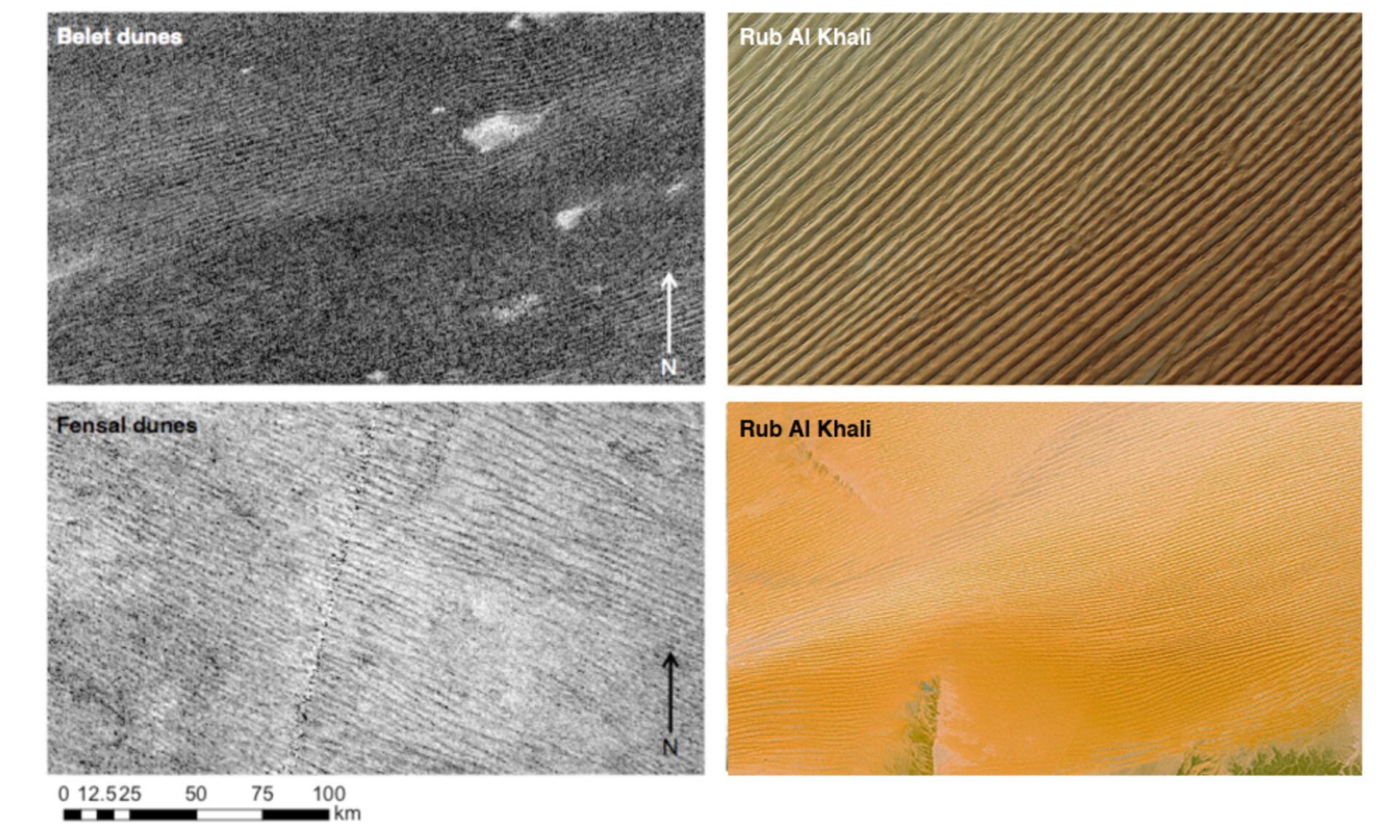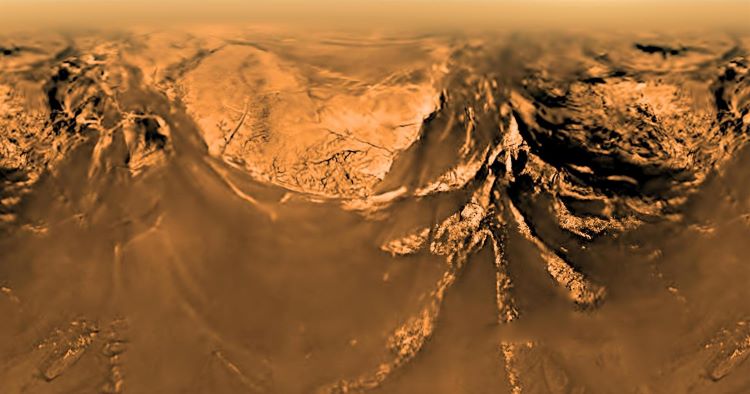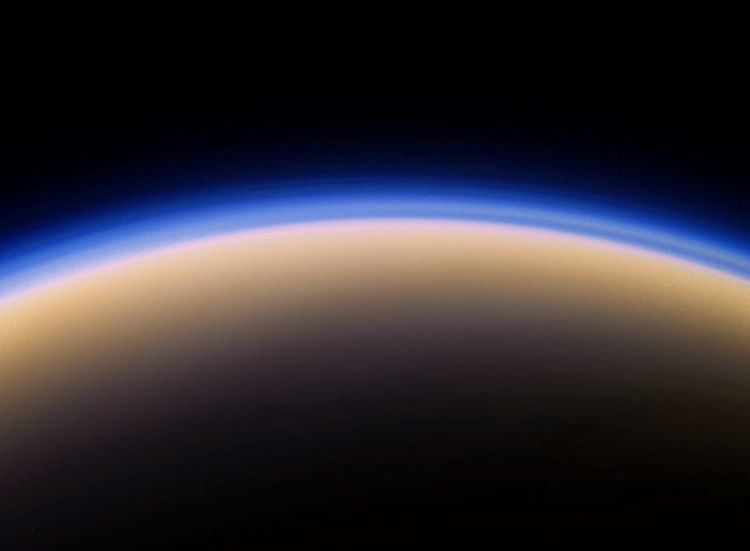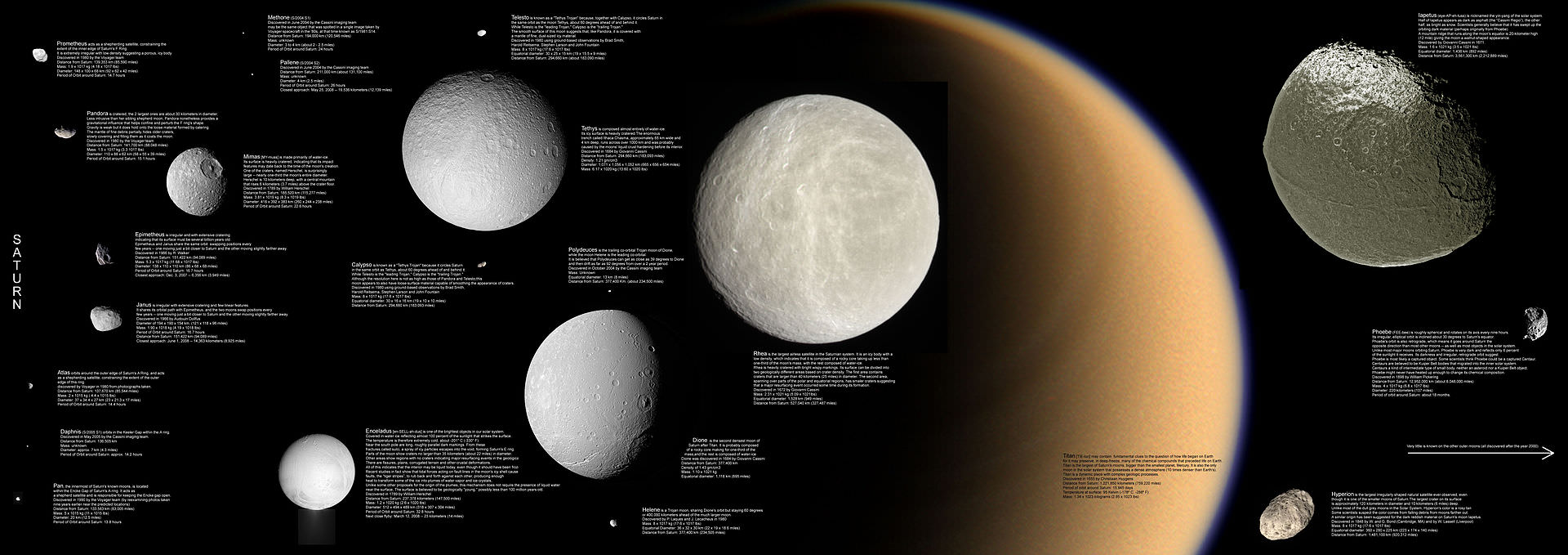I really can’t believe that the Ingenuity helicopter on Mars took its maiden voyage in April 2021. On the 16th April 2024, engineers at NASA have received the final batch of data from the craft which marks the final task of the team. Ingenuity’s work is not over though as it will remain on the surface collecting data. For the engineers at NASA, they have their sights set on Dragonfly, a new helicopter destined for Titan.
Continue reading “The Ingenuity Team Downloads the Final Data from the Mars Helicopter. The Mission is Over”Are Titan's Dunes Made of Comet Dust?

A new theory suggests that Titan’s majestic dune fields may have come from outer space. Researchers had always assumed that the sand making up Titan’s dunes was locally made, through erosion or condensed from atmospheric hydrocarbons. But researchers from the University of Colorado want to know: Could it have come from comets?
Continue reading “Are Titan's Dunes Made of Comet Dust?”Titan Probably Doesn’t Have the Amino Acids Needed for Life to Emerge

Does Saturn’s largest moon, Titan, possess the necessary ingredients for life to exist? This is what a recent study published in Astrobiology hopes to address as a team of international researchers led by Western University investigated if Titan, with its lakes of liquid methane and ethane, could possess the necessary organic materials, such as amino acids, that could be used to produce life on the small moon. This study holds the potential to help researchers and the public better understand the geochemical and biological processes necessary for life to emerge throughout the cosmos.
Continue reading “Titan Probably Doesn’t Have the Amino Acids Needed for Life to Emerge”How Did Life Get Started on Earth? Atmospheric Haze Might Have Been the Key

A recent study accepted to The Planetary Science Journal investigates how the organic hazes that existed on Earth between the planet’s initial formation and 500 million years afterwards, also known as Hadean geologic eon, could have contained the necessary building blocks for life, including nucleobases and amino acids. This study holds the potential to not only help scientists better understand the conditions on an early Earth, but also if these same conditions on Saturn’s largest moon, Titan, could produce the building blocks of life, as well.
Continue reading “How Did Life Get Started on Earth? Atmospheric Haze Might Have Been the Key”Titan’s “Magic Islands” Could Be Floating Blobs of Organic Solids

When the Cassini spacecraft returned radar scans of the surface of Saturn’s moon Titan, the results were mindblowing. It revealed giant lakes or seas of liquid methane, a complete absence of waves and what seemed to be islands in the giant bodies of liquid. Now a team of scientists think they may be blobs of organic molecules that form in the atmosphere, collect in the lakes and float around!
Continue reading “Titan’s “Magic Islands” Could Be Floating Blobs of Organic Solids”Should We Send Humans to Titan?
Universe Today recently examined the potential for sending humans to Jupiter’s icy moon, Europa, and the planet Venus, both despite their respective harsh surface environments. While human missions to these exceptional worlds could be possible in the future, what about farther out in the solar system to a world with much less harsh surface conditions, although still inhospitable for human life? Here, we will investigate whether Saturn’s largest moon, Titan, could be a feasible location for sending humans sometime in the future. Titan lacks the searing temperatures and crushing pressures of Venus along with the harsh radiation experienced on Europa. So, should we send humans to Titan?
Continue reading “Should We Send Humans to Titan?”Could Life Exist in Molecular Clouds?

Our search for life beyond Earth is still in its infancy. We’re focused on Mars and, to a lesser extent, ocean moons like Jupiter’s Europa and Saturn’s Enceladus. Should we extend our search to cover more unlikely places like molecular clouds?
Continue reading “Could Life Exist in Molecular Clouds?”Titan Dragonfly is Go!…. for Phase C

The surface exploration of Saturn’s largest moon, Titan, just got one step closer to reality as NASA’s much-anticipated Dragonfly mission recently received approval from the powers that be to advance to Phase C, which is designated as Final Design and Fabrication, according to NASA’s Systems Engineering Handbook. This comes after the Dragonfly team successfully completed all the requirements for Phase B in March 2023, also known as the Preliminary Design Review or Preliminary Design and Technology Completion in the NASA Systems Engineering Handbook.
Continue reading “Titan Dragonfly is Go!…. for Phase C”Whether Saturn's Rings are Young or Old, its Moons are as Ancient as the Planet Itself

Saturn is best known for two things: its iconic ring structures and its large system of natural satellites. Currently, 146 moons and moonlets have been discovered orbiting the ringed giant, 24 of which are regular satellites. These include the seven largest moons, Titan, Rhea, Iapetus, Dione, Tethys, Enceladus, and Mimas, which are icy bodies believed to have interior oceans. In addition, there are unresolved questions about the age of these satellites, with some suspecting that they formed more recently (like Saturn’s rings, which are a few hundred million years old).
To address these questions, an international team of astronomers created a series of high-resolution simulations coupled with improved estimates of Trans-Neptunian Object (TNO) populations. This allowed them to construct a chronology of impacts for Saturn’s most heavily cratered regular satellites – Mimas, Enceladus, Tethys, Dione, and Rhea. This established age limits of 4.1 and 4.4 billion years for all five, with the two innermost moons appearing more youthful than the outer three. These results could have significant implications for our understanding of the formation and tidal evolution of moons in the outer Solar System.
Continue reading “Whether Saturn's Rings are Young or Old, its Moons are as Ancient as the Planet Itself”One Spacecraft Could Visit All of Saturn's Inner Large Moons

If you’ve ever played Kerbal Space Program, you know how difficult it can be to get your spacecraft into the orbit you want. It’s even more difficult in real life. This is why it’s pretty impressive to see a proposal to study all of Saturn’s large inner moons in one go.
Continue reading “One Spacecraft Could Visit All of Saturn's Inner Large Moons”

